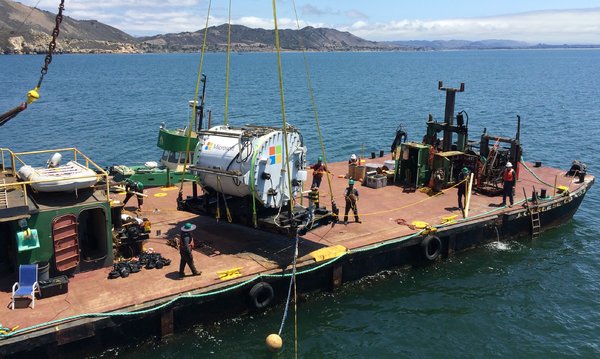Microsoft is looking to move data centers underwater
Future data centers could be built on ocean floors, according to Microsoft. The tech giant has recently tested a prototype self-contained data center, able to function hundred of feet underwater.

Project Natick is the official name of this experiment, and these new data centers will be capable of all standard operations common to existing ones, including video streaming, virtual web servers, VPN/VPS, and email servers.
The immediate advantage of keeping data centers underwater, comes in terms of non-existent cooling costs, in an environment where cold water is an inexhaustible resource, which can be harnessed easily and efficiently with no additional power requirements.
Further plans for Project Natick may also include pairing the data centers with tidal energy turbines, an energy source that offers some significant advantages, as ocean currents never cease to move, providing a constant influx of renewable energy.
According to Microsoft, Project Natick will bring a huge benefit to users, by deploying computing power near coastal area where urban population experiences typically slower connectivity, and higher latency. These data centers will provide faster and more reliable data transfer speeds, and more powerful resources to shared applications.
Project Natick’s first trial held up for almost three and half months under water, prompting Microsoft to build a system triple the size of its predecessor, and designed for commercial data processing operations. Ultimately, data centers like these will be expected to operate on end, without requiring maintenance, for a period of at least five years.
One of the biggest concerns, in light of future plans to mass produce these capsules, is the impact on the underwater environment. By this token, Microsoft has conducted tests to measure the noise emitted by the fans and other hardware inside the capsules, and found that the overall noise emitted by the datacenter was fainter than the clicking of shrimp swimming around the capsule. In addition, by using turbines, the data centers won’t need additional power sources, and will minimize their impact even further, with extremely small amounts of local heat, radiating from the capsules.